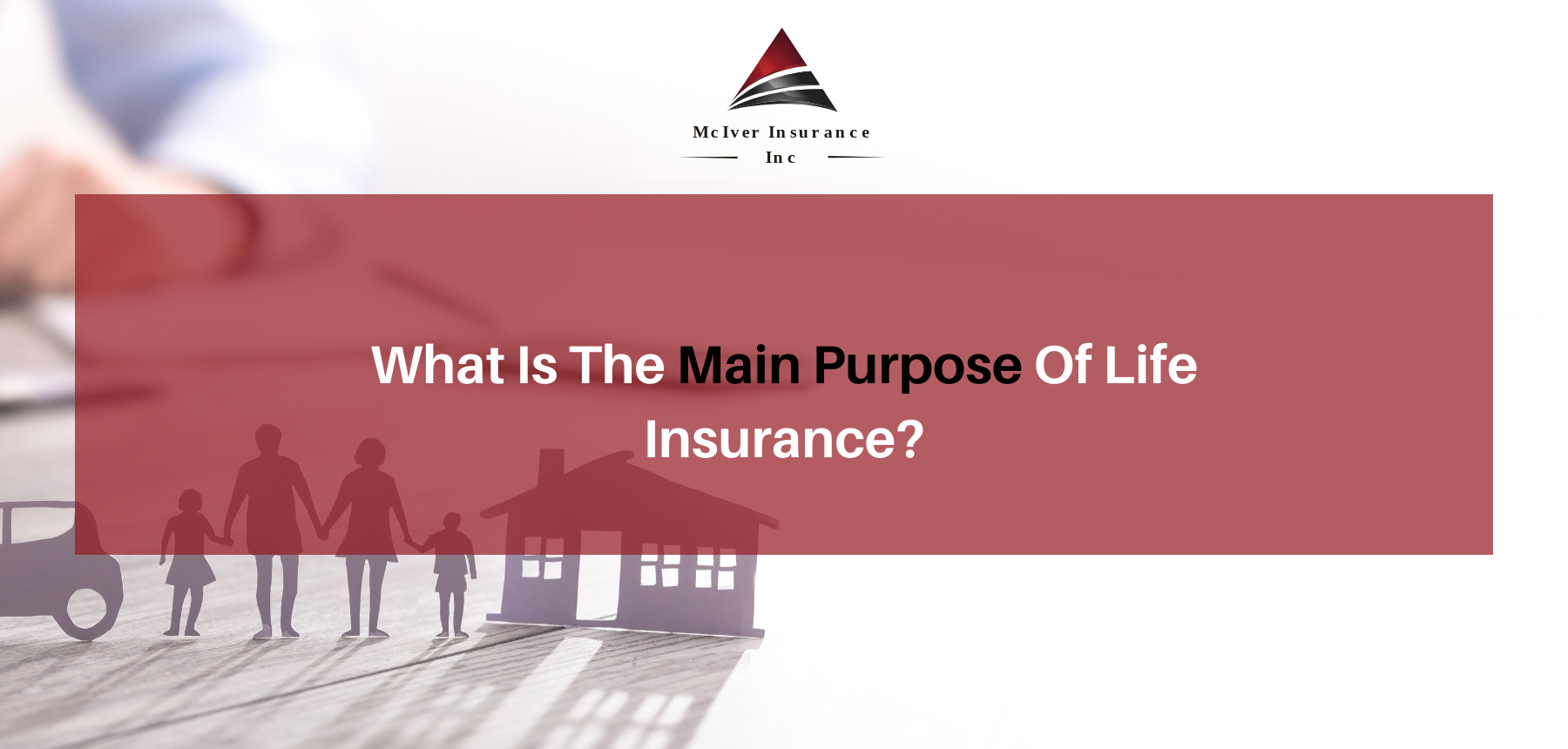Pacific Prime for Beginners
Table of ContentsThe Single Strategy To Use For Pacific PrimeThe 10-Second Trick For Pacific PrimeNot known Facts About Pacific PrimePacific Prime - The FactsExcitement About Pacific Prime

This is since the information were collected for a duration of strong financial performance. Of the estimated 42 million people that were uninsured, all yet about 420,000 (regarding 1 percent) were under 65 years of age, the age at which most Americans come to be qualified for Medicare; 32 million were adults between ages 18 and 65, about 19 percent of all grownups in this age; and 10 million were children under 18 years of age, about 13.9 percent of all kids (Mills, 2000).
These price quotes of the number of persons uninsured are generated from the annual March Supplement to the Present Populace Study (CPS), conducted by the Census Bureau. Unless otherwise noted, national estimates of people without health and wellness insurance and proportions of the population with various type of insurance coverage are based on the CPS, one of the most extensively made use of resource of estimates of insurance coverage and uninsurance rates.
The 25-Second Trick For Pacific Prime
Still, the CPS is specifically valuable since it creates annual price quotes reasonably promptly, reporting the previous year's insurance policy coverage estimates each September, and due to the fact that it is the basis for a constant set of estimates for even more than twenty years, permitting analysis of patterns in protection in time. For these reasons, as well as the extensive usage of the CPS in other studies of insurance protection that exist in this report, we count on CPS quotes, with limitations kept in mind.

The price quote of the number of without insurance people increases when a population's insurance standing is tracked for several years. Over a three-year duration starting early in 1993, 72 million people, 29 percent of the U.S. https://worldcosplay.net/member/1746405. population, lacked protection for a minimum of one month. Within a single year (1994 ), 53 million individuals experienced at the very least a month without coverage (Bennefield, 1998a)
6 out of every 10 uninsured grownups are themselves utilized. Although working does enhance the chance that one and one's member of the family will certainly have insurance, it is not an assurance. Even participants of households with 2 permanent wage earners have nearly a one-in-ten chance of being without insurance (9.1 percent without insurance rate) (Hoffman and Pohl, 2000).
Pacific Prime Fundamentals Explained
New immigrants make up a considerable percentage of individuals without medical insurance. One evaluation has actually attributed a considerable section of the current development in the size of the U.S. uninsured population to immigrants that arrived in the nation in between 1994 and 1998 (Camarota and Edwards, 2000). Current immigrants (those that came to the United States within the past four years) do have a high rate of being uninsured (46 percent), yet they and their kids make up simply 6 percent of those without insurance policy across the country (Holahan et al., 2001).
The relationship between medical insurance and access to care is well established, as recorded later on in this chapter. Although the relationship in between medical insurance and wellness end results is neither straight neither basic, a considerable professional and health services research Click This Link study literary works web links medical insurance protection to enhanced access to care, better top quality, and boosted individual and population health standing.
Levels of analysis for examining the effects of uninsurance. It concentrates specifically on those without any type of wellness insurance policy for any size of time.
The 30-Second Trick For Pacific Prime
The issues faced by the underinsured are in some respects comparable to those encountered by the without insurance, although they are generally less serious. Health and wellness insurance policy, however, is neither needed nor adequate to gain accessibility to medical solutions. The independent and straight effect of wellness insurance protection on access to health and wellness services is well developed.
Others will certainly obtain the healthcare they require even without wellness insurance coverage, by spending for it out of pocket or seeking it from suppliers that provide treatment complimentary or at highly subsidized rates. For still others, health insurance coverage alone does not guarantee invoice of care as a result of various other nonfinancial barriers, such as an absence of health and wellness care providers in their area, limited accessibility to transport, illiteracy, or linguistic and cultural differences.
The 7-Minute Rule for Pacific Prime
Official study about uninsured populations in the United States dates to the late 1920s and very early 1930s when the Committee on the Expense of Healthcare produced a collection of records regarding funding doctor office visits and hospital stays. This problem came to be salient as the numbers of clinically indigent climbed during the Great Clinical depression.